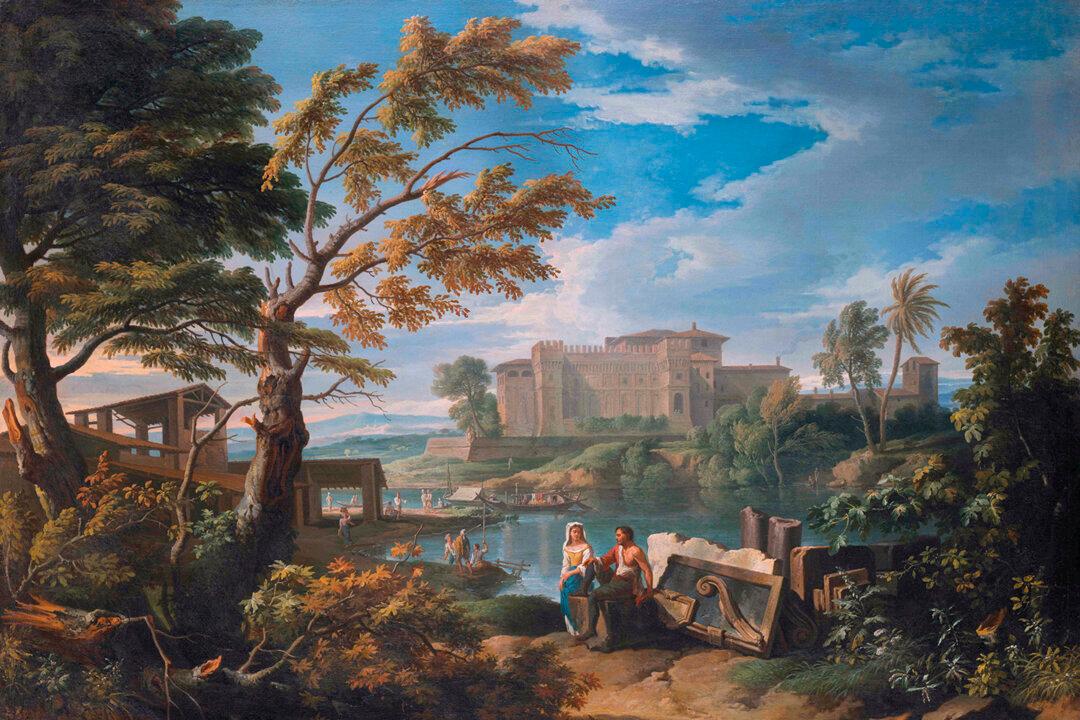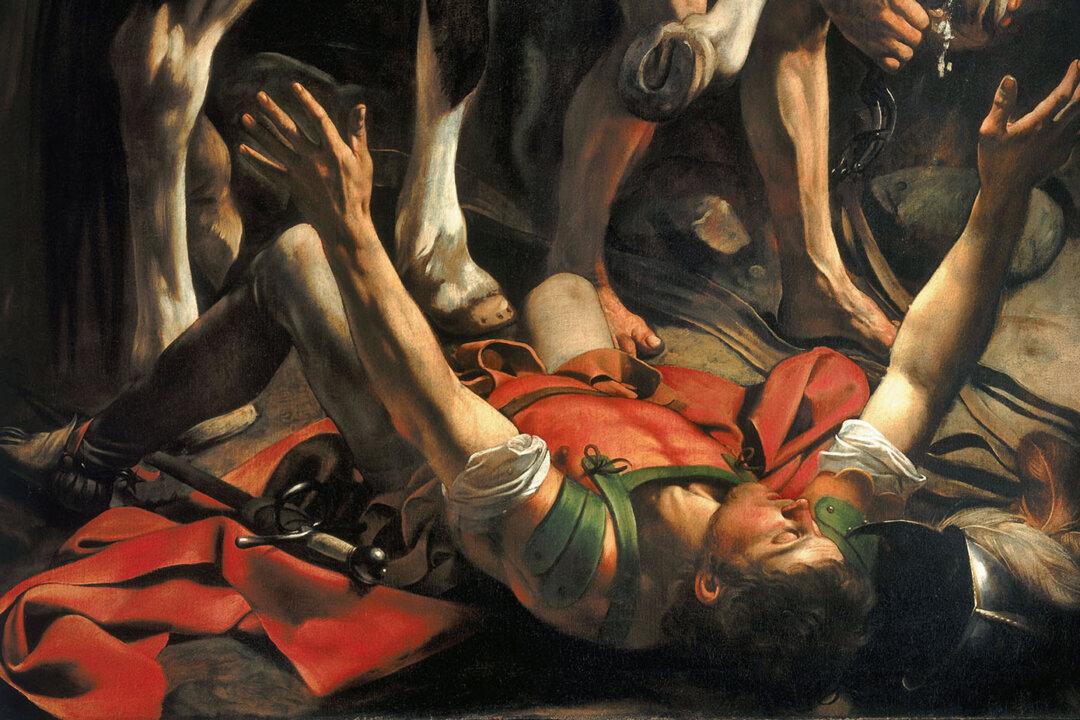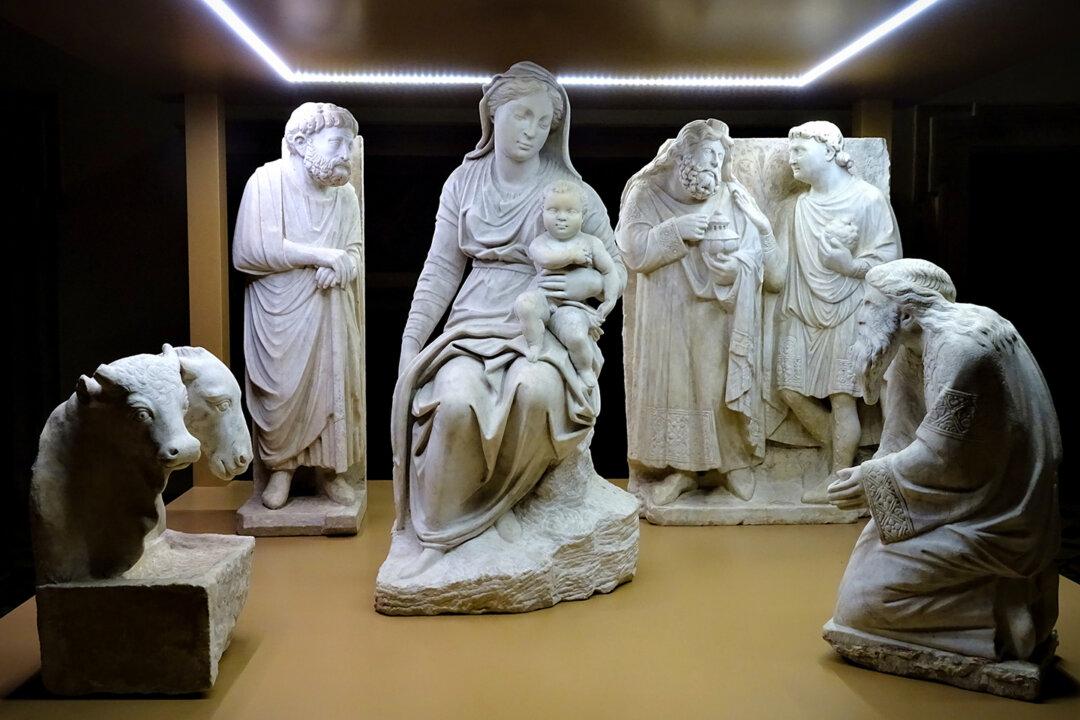In the halcyon days before the pandemic, every day tens of thousands of visitors piled into the Vatican Museums to admire the extraordinary Renaissance art contained therein. Their long shuffle through vast halls would deposit them in the crowded apartments of Pope Julius II, where Raphael Sanzio frescoed the walls from 1509 to 1514. There, many weary tourists would merely snap a quick pic of Plato and Aristotle in the “School of Athens” (also the image on the entrance ticket), then squeeze their way out, blithely unaware that they had been in the presence of the greatest visual dialogue between faith and reason in the history of Western Art.
The Stanza della Segnatura, also known as the throne room of Julius II, was where Raphael exploded onto the Roman artistic scene. The chamber stood at the heart of the new apartments ordered by Julius II after his election in 1503.





